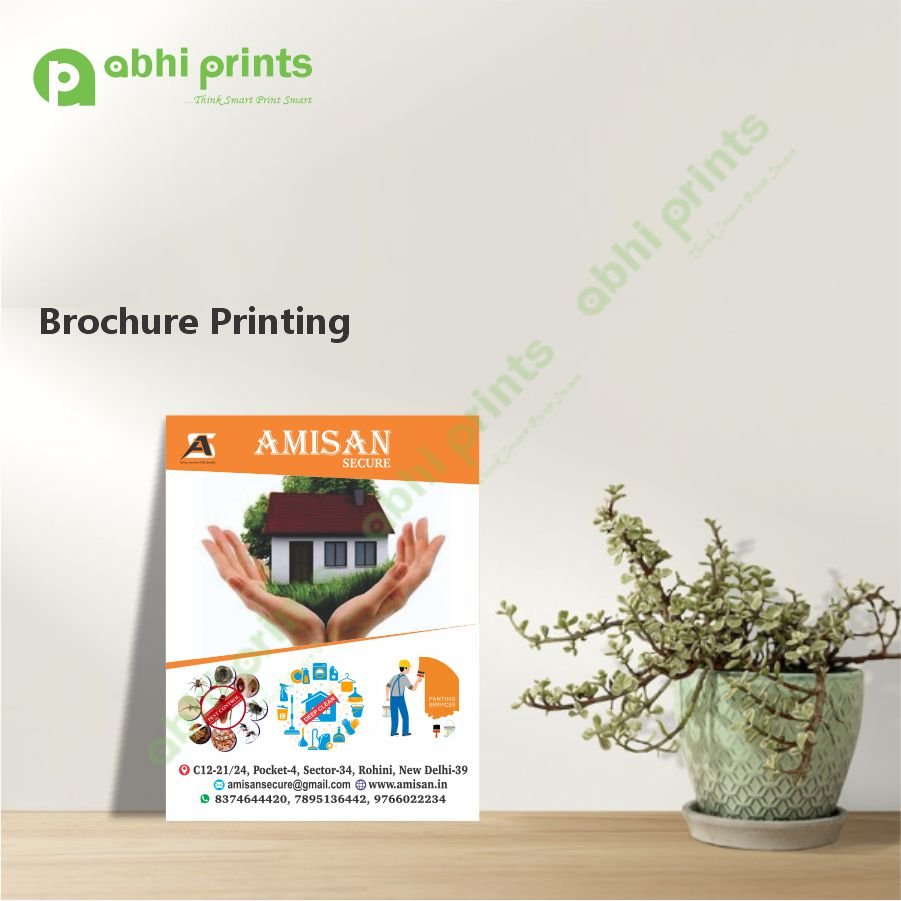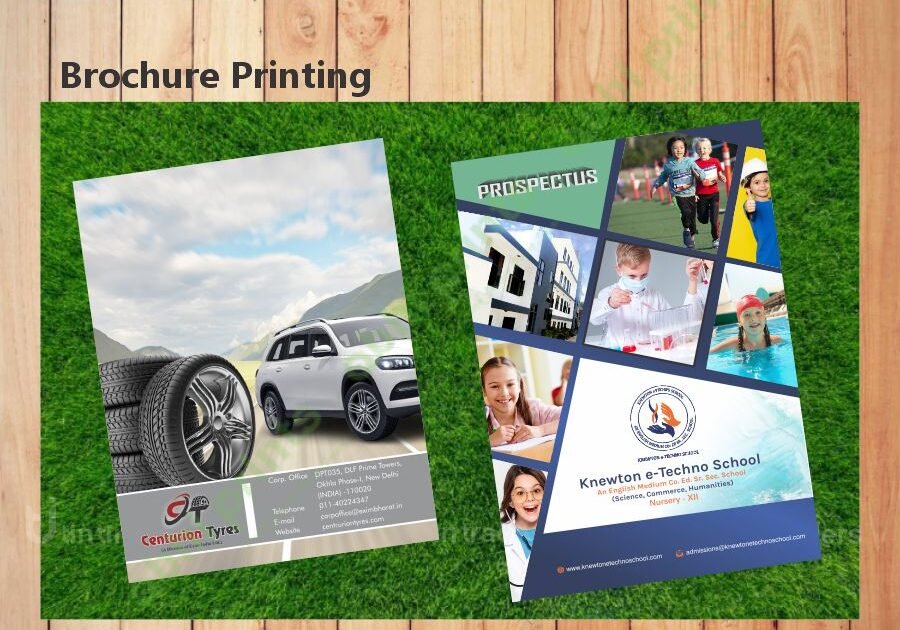Brochure printing service is a timeless and effective method for conveying information. Whether you’re introducing your brand’s narrative, launching a product, or providing educational insights, brochures hold a key role in your print marketing strategy. However, the process of printing brochures can sometimes seem overwhelming. Keep reading to break down the complexities surrounding tri-fold designs, paper choices, perforations, and more, ensuring smooth brochure printing.
What Is a Brochure?
A brochure is a printed document featuring important information about your brand or a key subject. Brochures are usually folded into smaller finishing sizes, making them convenient as handouts at events, tradeshows, reception centers, and more.
How Much Does Brochure Printing Service Cost?
Depending on all the options you choose, the cost of printing your brochure will vary greatly. For example, shadow text is much more appealing than black and white. The shape of the paper, the size of the roll you roll, and the size of the roll can affect how much you write. To see how Abhiprints will be giving away a bunch of brochures by the crowd, log in and ask.
How to Prepare Your File for Brochure Printing Service
Once you have chosen your brochure format, you will need to prepare your design file for printing. Here is what most printers require.
If you would like more information on how to prepare your file for print,.
- PDF file type
- 300 dpi image resolution
- Add crop marks (or bleed marks) to show where to time the outer border.

Choose the Right Paper Stock for Your Brochure
It is important to choose the right paper stock for your brochure. A few decisions you will have to make include:
Laminated or poly paper
You may want to add an extra layer of protection to your brochure to prevent it from tearing, bending, or getting stained. Lamination is applied to the printed brochure like saran wrap. A more elegant option is poly paper, which prints directly onto a tear-free, waterproof synthetic paper.
Color or B&W
Color printers typically use different paper stocks than black and white printers, so your first decision is whether to print the brochure in color or not. Since brochures are often marketing pieces used to tell your brand story or catch your prospects’ attention, the best option is usually color.
Perforation
If you intend for part of the brochure to tear off, then you’ll need to find a printer to accommodate perforation. Perforation scores the paper so it is easy to rip in the location you want to tear off without damaging the rest of the brochure.
Lightweight or cardstock
Next, you’ll need to choose the weight of your brochure stock. If you expect your audience to pick up the brochure, read it, and discard it, then a lightweight stock might be fine. However, if you want the brochure to survive being stuffed into a bag, carted through an airport, or other abuse, then consider stiffer cardstock.
Glossy or matte
You will also need to decide the finish of your brochure. If it is rich in images or color, then you may prefer a glossy finish, similar to a photograph. Otherwise, you will probably be happy with a standard matte finish.
Printing Brochures: Where to Print
You always have a few options when it comes to printing. You can buy a printer for your office, but if you need 100 brochures, it will cost you a lot of time. Or find a printer. Probably the easiest way to publish a book is online, so you don’t even have to get out of bed.

